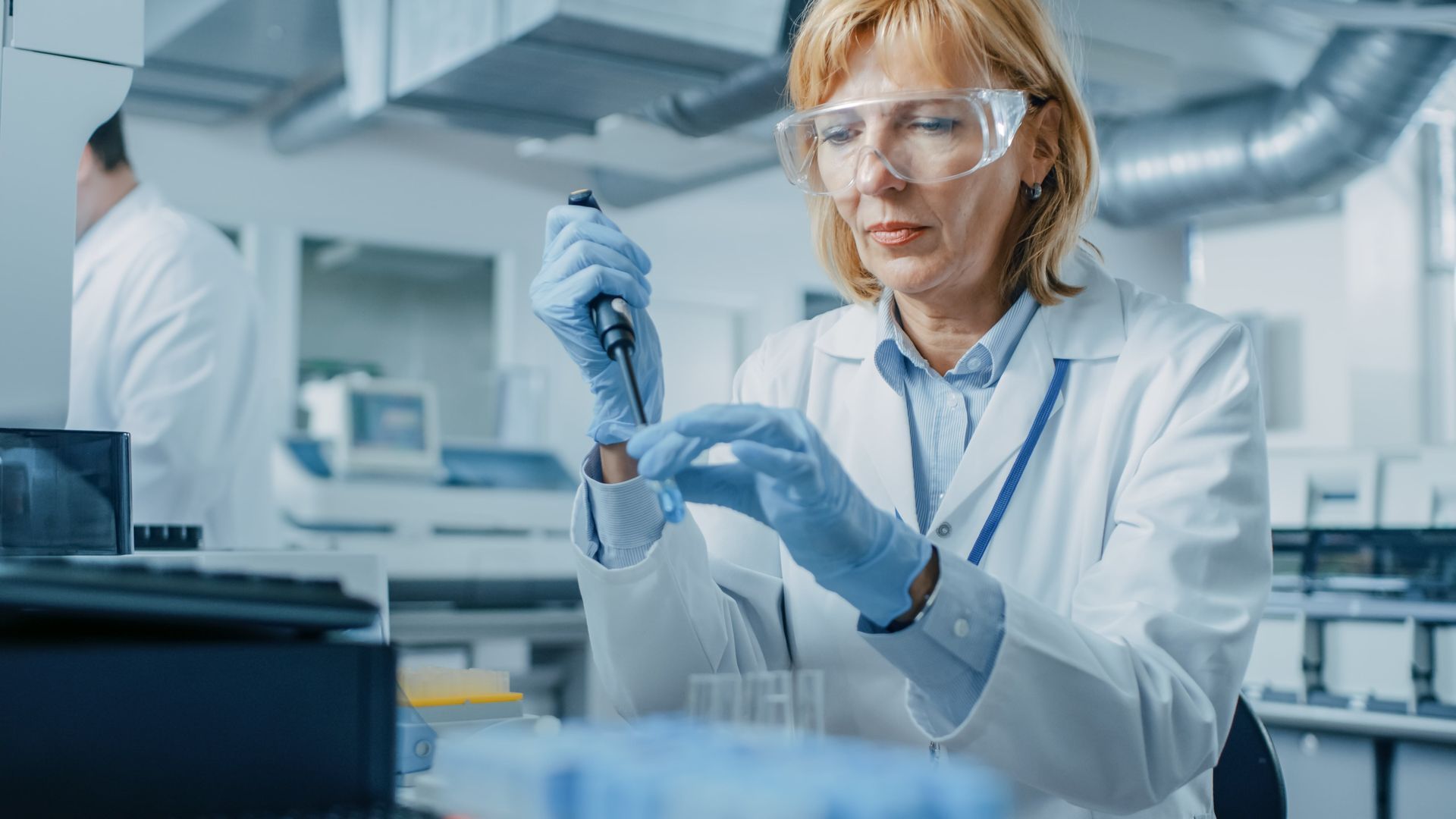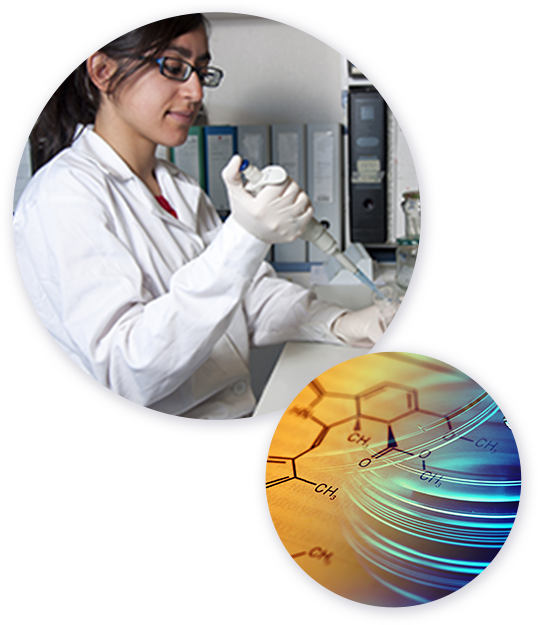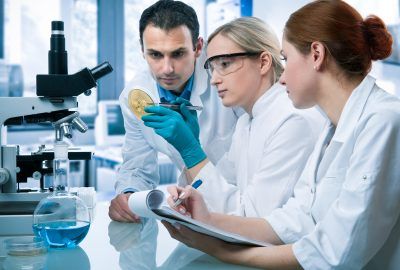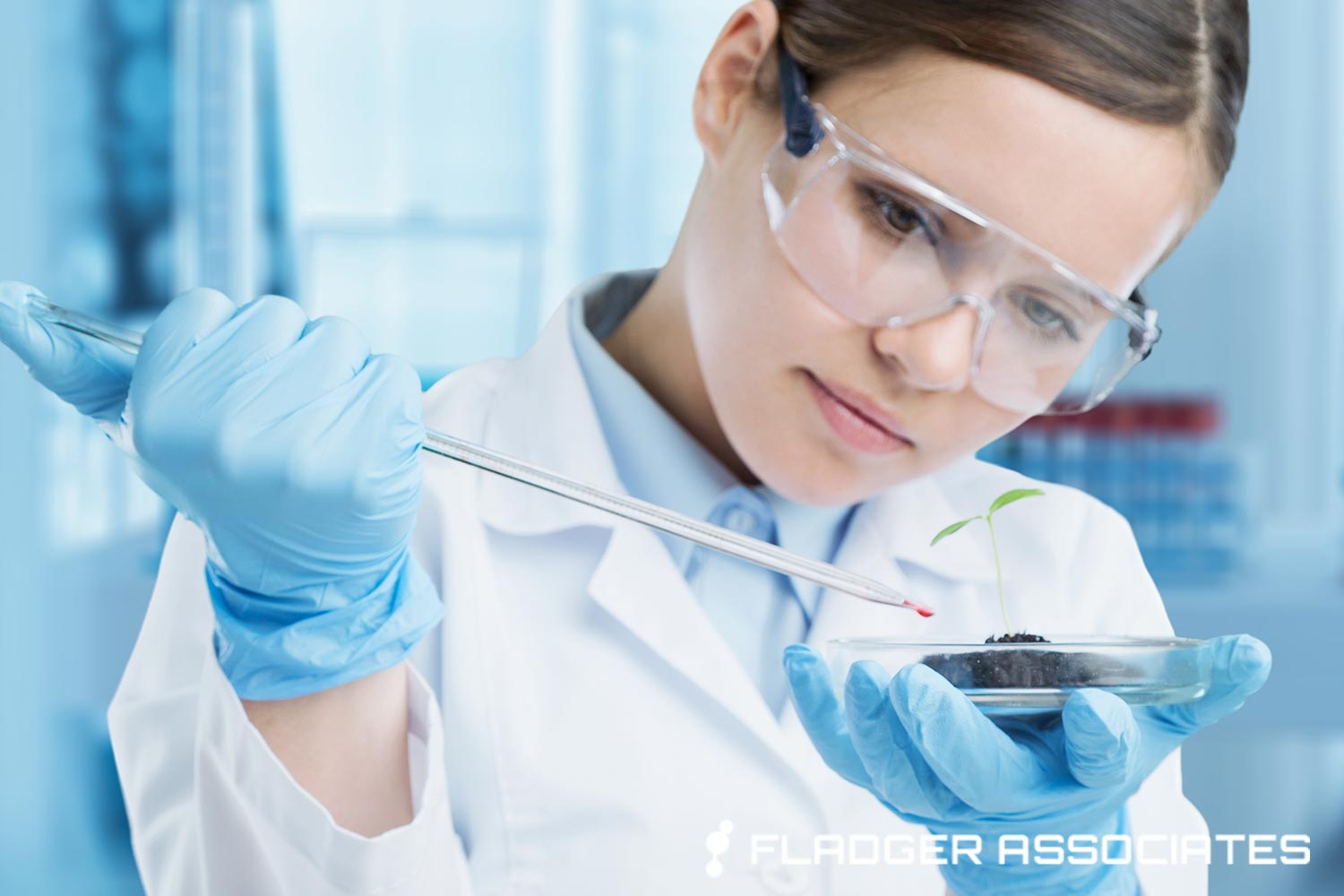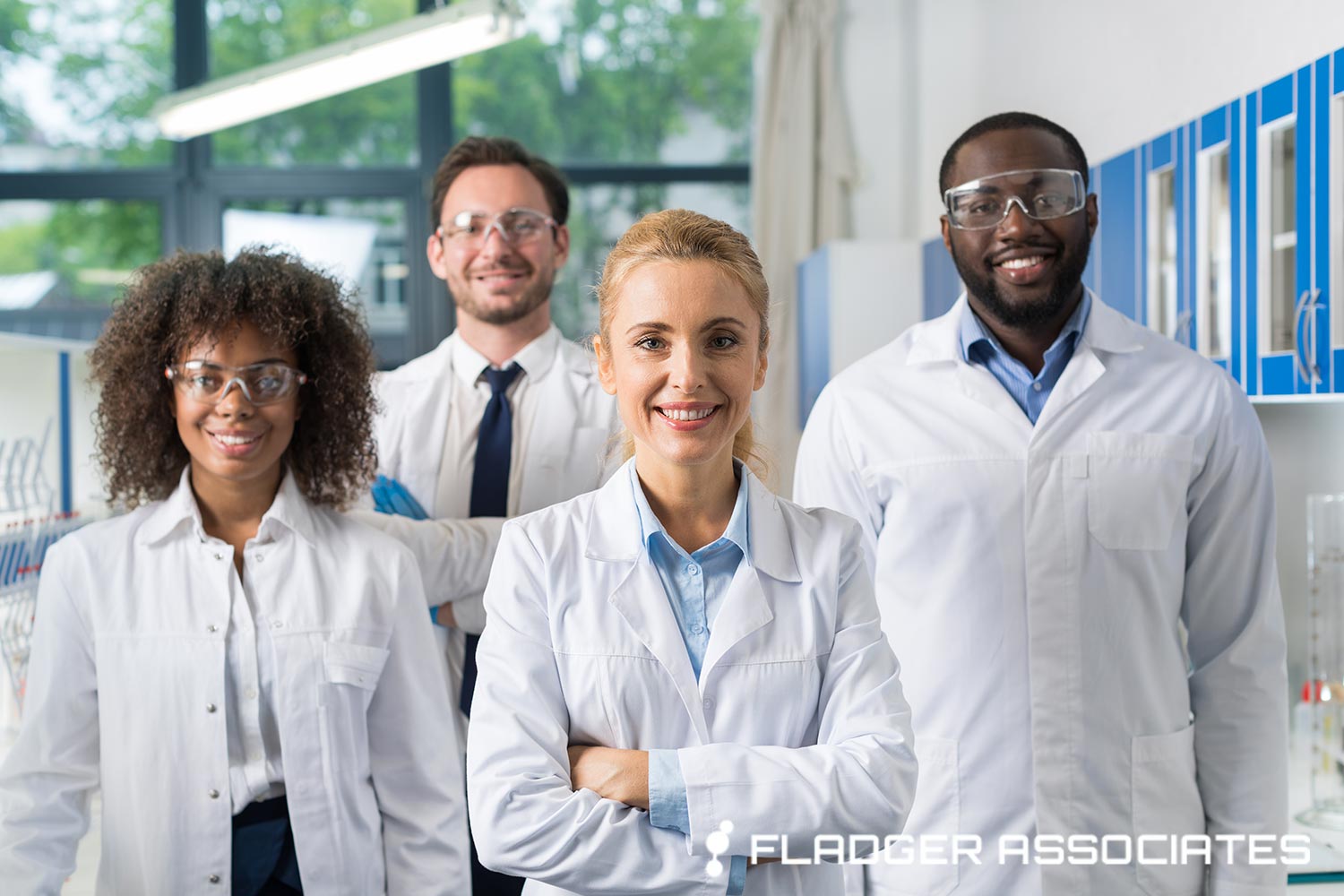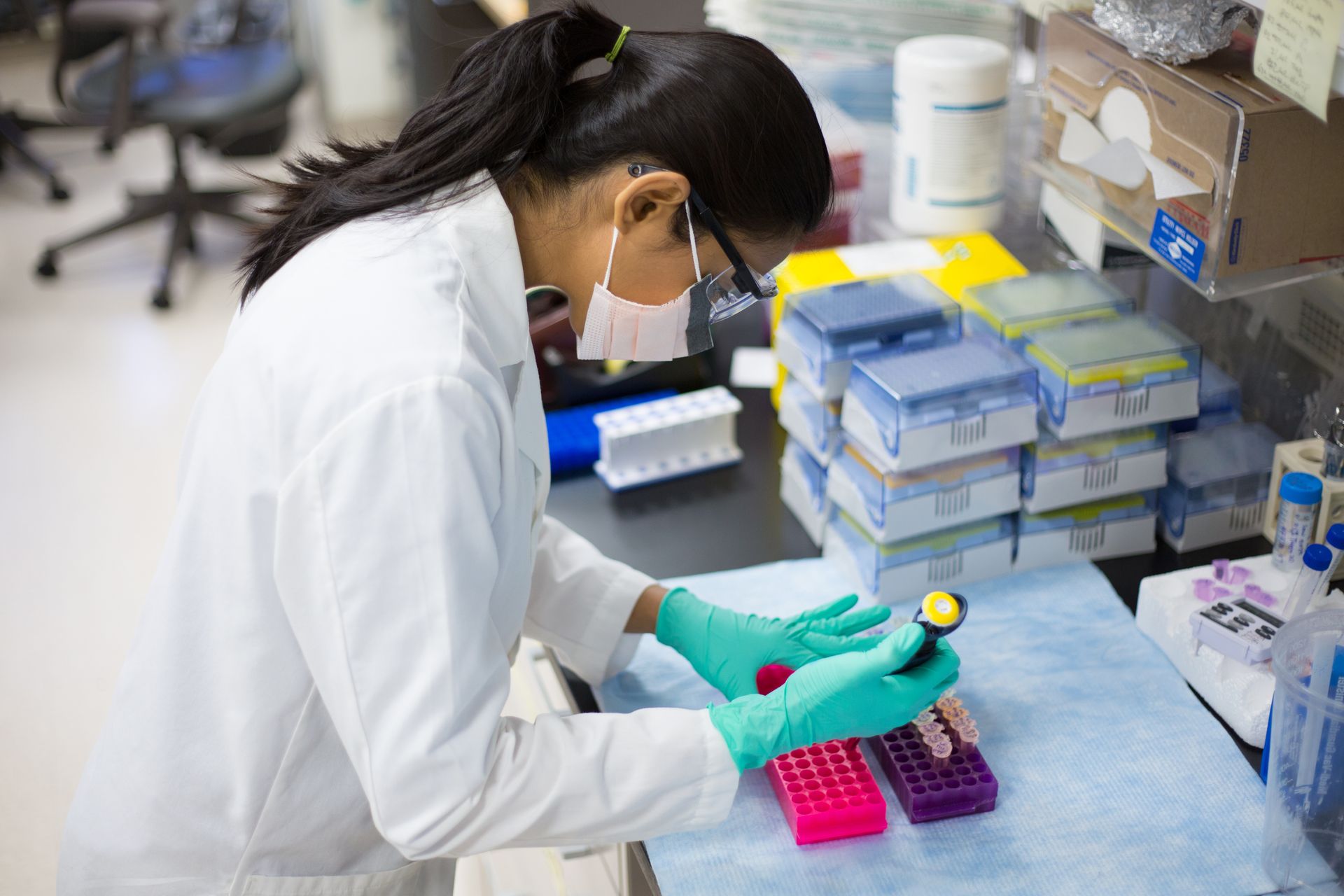What Is the Role of a Bioassay?
A bioassay is a method of determining the potency of a medication or some other biologically active agent. Bioassays are an important tool for screening and standardizing drugs.
Scientists use bioassays to:
- Determine the potency of drugs.
- Establish the relationship between the chemical structure of a drug and its biological activity.
- Calculate the pharmacokinetics of a therapeutically active molecule.
- Look for superior effectiveness of an investigational drug over a standard.
- Monitor for contaminants in a manufacturing process or pollutants in an environmental process.
In the pharmaceutical industry, a bioassay involves a comparison of a test substance against a known drug standard. Standards are internationally accepted samples of drugs recommended by the Expert Committee on Biological Standardization of the World Health Organization (WHO). A bioassay measures the therapeutic response of a test compound and compares it to the therapeutic response of the standard to measure their relative potencies.
Bioassays can be conducted at the molecular, cell, or whole-organism level. An example of a bioassay conducted at a molecular level is the testing of fractionated cell membranes or cloned cellular receptors for binding with the test substance. Or a bioassay might use liver cells to measure the effects of a drug on the various enzymes of the cytochrome 450 complex. A bioassay at the molecular level might measure the selectivity of an enzyme for the test drug and closely related compounds.
Bioassays conducted at the cell level may measure the effects of receptor agonists and receptor antagonists on cultures of cells. Or they may involve tests of drugs on selected tissues, such as muscles, blood vessels, and nerves.
At the whole-organism level, bioassays measure the effect of a drug on a disease process. A bioassay could measure the effect of an antihypertensive on blood pressure, for example, or the effect of a PPAR-gamma agonist on blood glucose levels.
Bioassays are also invaluable in basic research. Scientists can also use bioassays to measure:
- Apoptosis. Bioassays can characterize genetically programmed cell death to allow scientists to detect cells which can evade this process.
- Cell proliferation. Cell proliferation is a sensitive measure of stress. Bioassays accurately measure increases in the number of cells due to division and decreases in the number of cells due to drug agents or other factors.
- Signaling and secretion. Bioassays can be used to measure how cells respond to signals from other cells and to changes in their environment.
Bioassay professionals need to be familiar with a variety of platforms, including ELISA, flow cytometry, Western Blot, MSD-ECL, and ProteinSimpleELLA. Hands-on experience with multiple bioassay platforms gives the bioassay professional multiple tools for a robust response to pressing analysis questions.
These in-demand professionals need the communication skills to work scientist-to-scientist to choose the best technology for their clients' research needs. They need to be aware of GLP and GMP standards. They need strong technical writing skills, so they can produce reports that become the basis of their clients' regulatory submissions.
What kinds of professional experiences make you a strong candidate for a bioassay position?
- Disassembling, repairing, and reassembling HPLC and GCMS.
- Originating and implementing screening protocols for multiple targets for the first stage of drug discovery.
- Developing, optimizing, and validating automated quantitative multiplex ELISA procedures.
- Designing experiments to overcome research- or manufacturing-related problems.
- Managing a team of five to validate the rFVIII-N potency method with ICH.
- Parsing molecular data and conducting molecular genotyping to determine genetic diversity in a population of plants or animals in nature.
- Analyzing residual host cell DNA assays in pharmaceutical substance and in-process samples with real time PCR.
- Using GLP techniques to resolve lab-related and manufacturing-related measurement issues.
- Identifying and characterizing SCLC biomarkers of diagnostic and therapeutic value after improving yields of target proteins after purification.
- Conceptualizing a generic assay that yields high signal to noise measurements of protein phosphorylation with minimal perturbation.
- Performing tests on FTIR and Raman spectroscopy.
- Deploying LIMS system for compliant control of sample tracking and analysis, as well as data generation and archival.
- Analyzing parallel synthesis libraries with high-throughput LC/MS and UV/ELS detection including quantification, determination or mass, and purification.
- Developing and synthesizing unique locked nucleic acid (LNA) analogs with click chemistry.
What kinds of skills get winning candidates into bioassay positions? As you might expect, the most common skill of successful candidates is some prior experience in conducting bioassays, usually with a staff of medical technologists. Only about one in five applicants who get the job have this particular professional experience.
Employers may be just as interested in your experience in molecular biology, particularly in creating clones, or your skills with data analysis (particularly with Linux applications), cell cultures, ELISA, and R.
Successful applicants for bioassay jobs usually have excellent communications skills. Medical scientists must be able to explain their conclusions.
Employers also look for observation skills. You can demonstrate your observation skills with something as simple as a laboratory notebook. Just don't reveal sensitive information that belongs to a prior employer at your job interview!
Over half of bioassay scientists have a bachelor's degree. Only about 20 percent have earned a graduate degree. It is possible to break into this profession if you only have graduated from high school, although you need to demonstrate experience, great communications skills, and the ability to learn on the job.
The average salary for bioassay scientists is $85,000 to $95,000 per year.
How can you find a bioassay job?
Fladger Associates matches bioassay professionals to jobs where they can excel. Call us at 302-836-3100 or contact us online for more information about our recruitment services.

